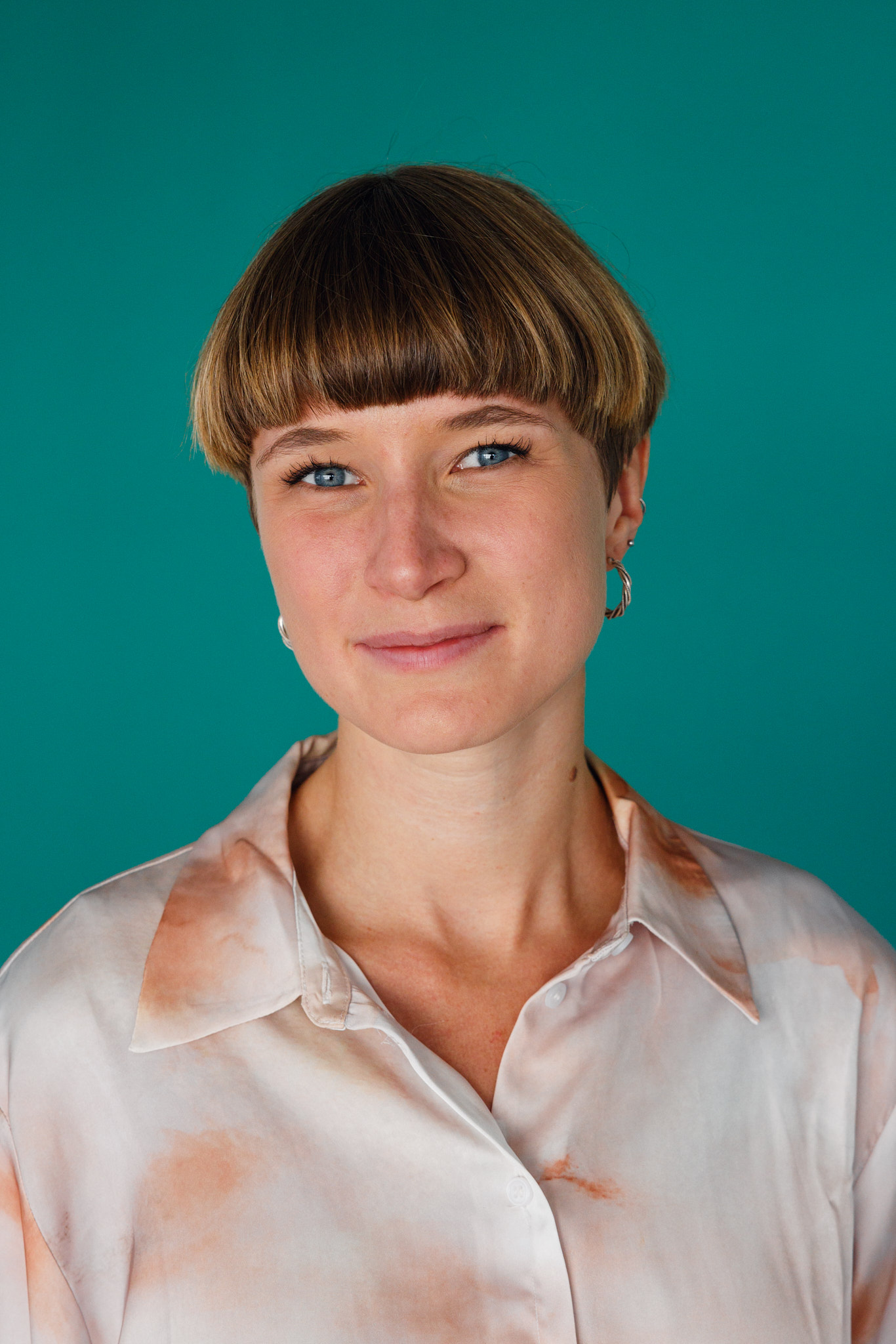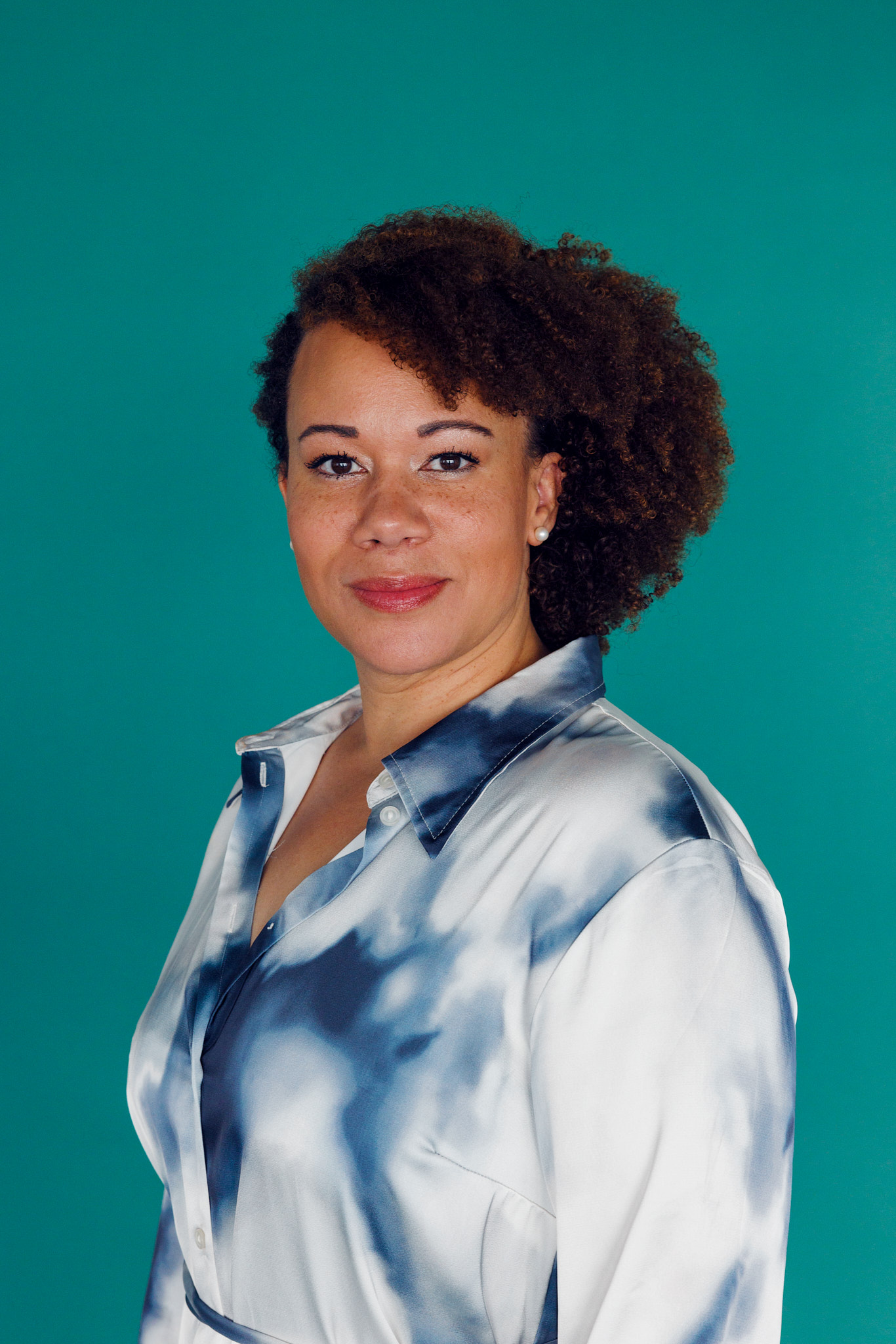What are exclusionary behavior and microaggressions?

Exclusionary behavior and microaggressions are subtle, verbal or non-verbal, comments or everyday actions that intentionally or unintentionally exclude, demean or undermine the recipient (often a minority group or person).
The term microaggressions was originally conceptualized by American psychiatrist Chester M. Pierce in 1970 to describe actions or comments against African-American citizens that created "casual degradation".
Exclusionary behavior is the most common and often overlooked form of discrimination in the workplace.
Inclusify's discrimination dashboard

Microaggressions occur in and contribute to a hostile work environment - and help legitimise other forms of discrimination (e.g. unwanted behaviour and assaults).
It can be difficult to pinpoint what exactly is experienced as a microaggression, as they are subjective, contextual and relational, and we cannot therefore create policies based on them. But if we want to create an inclusive work environment where diversity thrives, we need to be aware of how microaggressions can manifest themselves and what we can do to address them.
The consequences of microaggressions

Microaggressions in the workplace can have significant consequences. For the individual, it can lead to stress, poor work environment and lower performance. For the group, it can weaken trust and cooperation, while for the organization it can affect reputation, work climate and lead to legal consequences. That's why it's important to actively address and prevent microaggressions.
Exposing an individual or group to exclusionary behavior in the workplace can lead to:
- Corrective behaviour or adaptation to the 'norm'.
- Impact on self-esteem, stress and sick leave
- Low psychological safety
- Poor opportunity to maintain diversity
This creates workplaces where we cannot get the benefits of diversity, diversity is neutralised and dissatisfaction is increased.
Why do microaggressions happen?
Like other forms of discrimination, microaggressions are rooted in unconscious biases, assumptions, stereotypes and notions about the ideal employee.
Although exclusionary behavior often happens unconsciously, it's the consequences and effects of our words and actions that we need to look at. Even if the intention was good, the effect can be bad.
Minorities in the workplace are particularly vulnerable to microaggressions.
What can you do to manage microaggressions?
- If you yourself are exposed
- Ask questions such as "Would you say that if...?", "Do I understand you correctly when you say...?", "Do you mean to...?"
- Say it out loud and possibly make an agreement that your colleague will stand up for you if it happens again
- If you see others:
- Practice inclusive collegiality and stand up for others
- Give credit for other's comments/input, interrupt those who interrupt and say (...was talking)
- What we all should do:
- Creating organisations that focus on diversity and inclusion
- Get management to lead by practising inclusive management
- Be aware of communication and language use
Does your workplace need a presentation, workshop or training on how to create workplaces free from microaggressions and discrimination? Contact us below.


